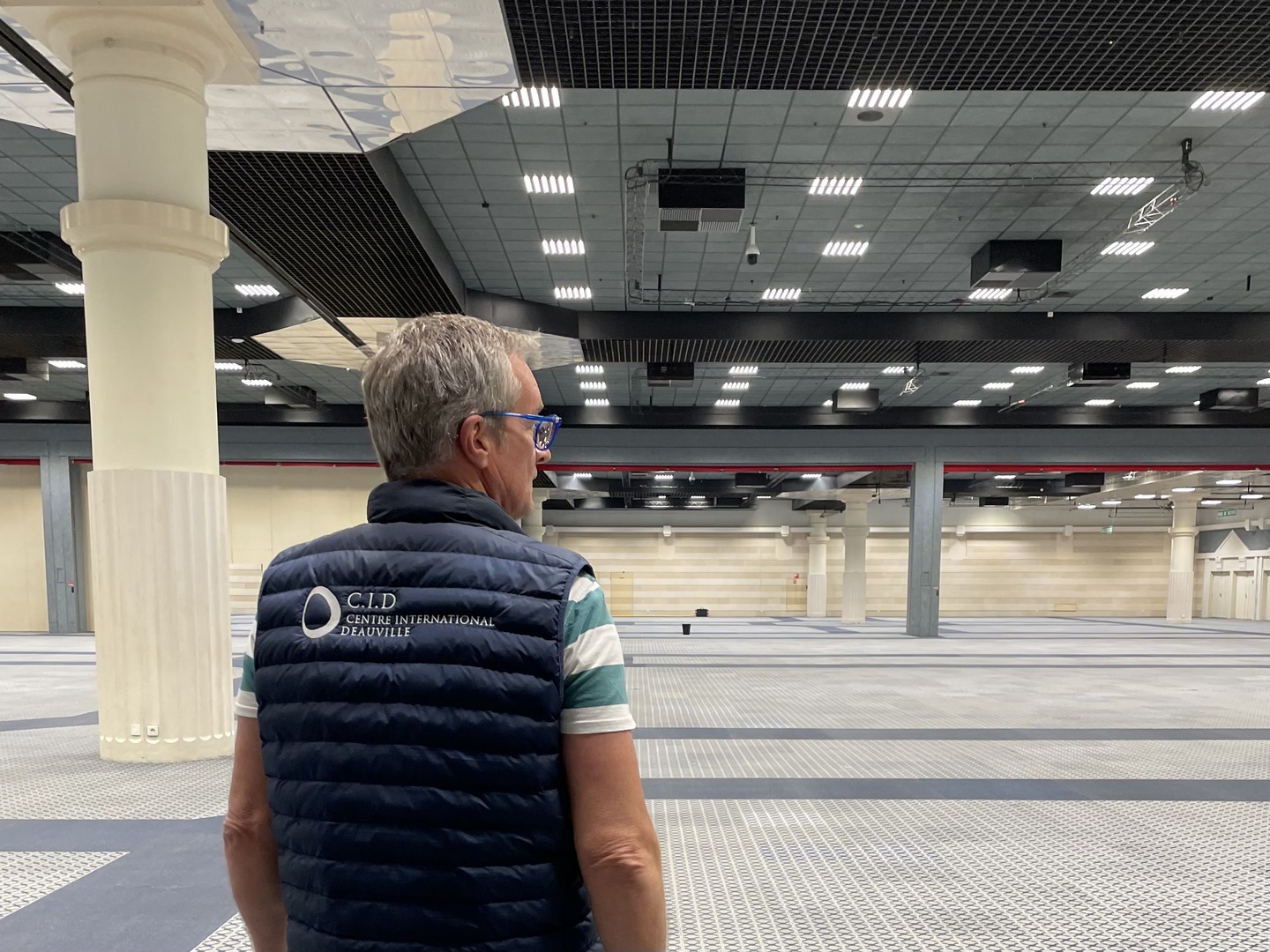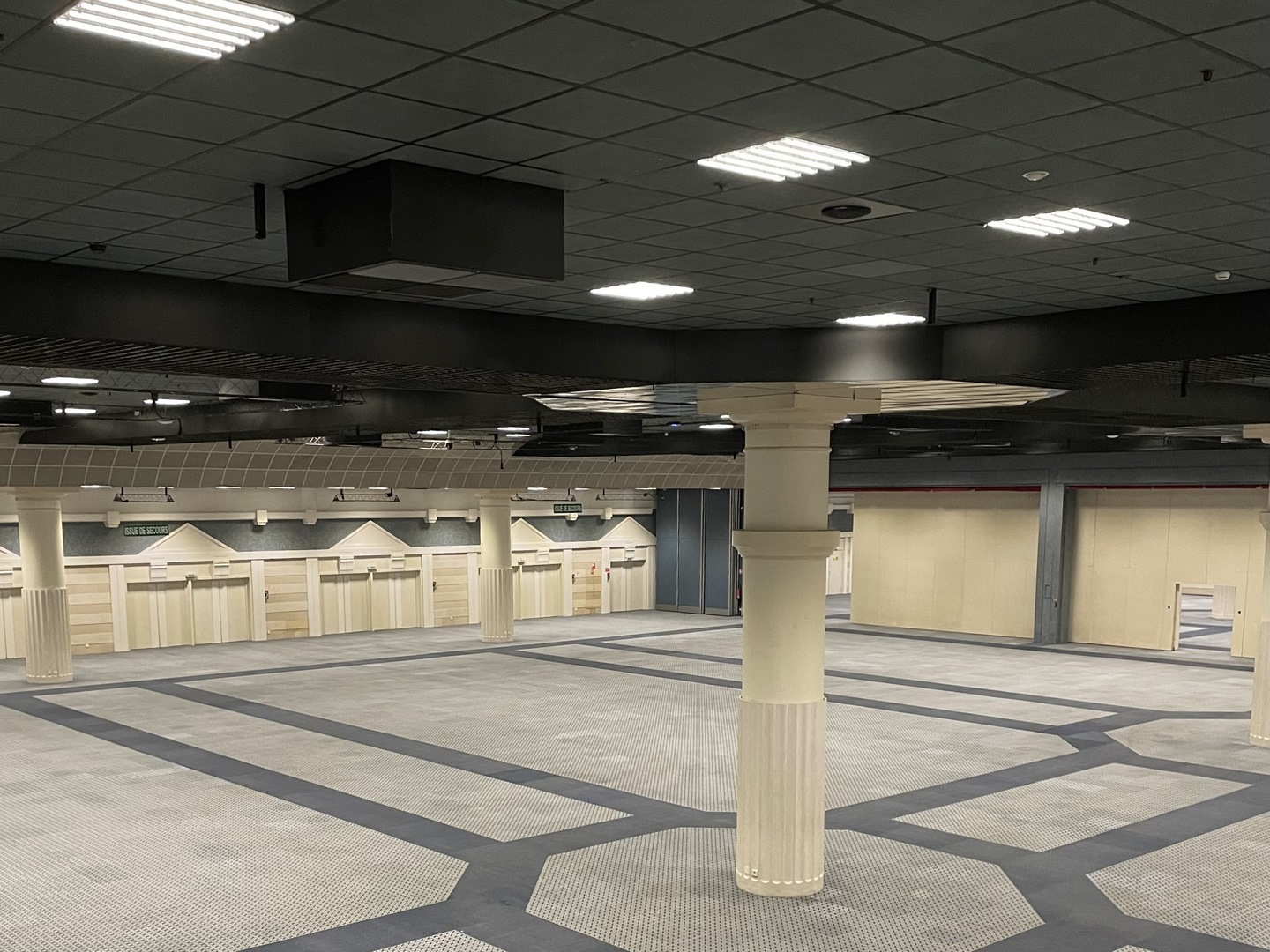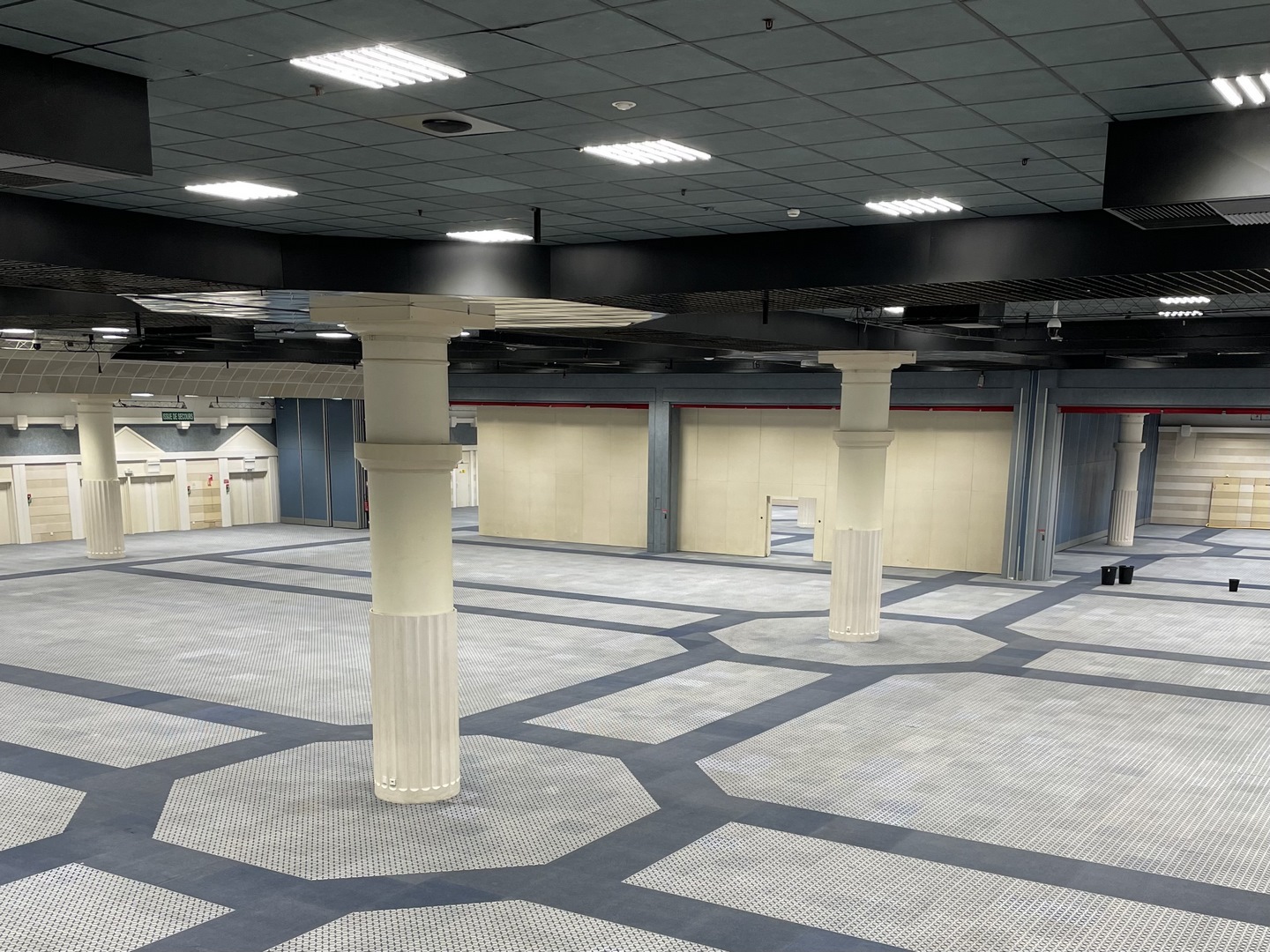How has CID reduced its energy consumption?

The International Center of Deauville continues its commitment to the energy efficiency plan launched in 2022, in a context marked by the energy transition, a priority for the events industry.
Based on the UNIMEV (Union Française des Métiers de l’Evénement) energy efficiency plan, the main measures implemented at the Centre International de Deauville involved adjusting the hours of use of the cooling and heating systems, raising awareness among teams, service providers and customers, and improving site lighting. (see energy efficiency sheet)
The Deauville Convention Center was planning to gradually replace its halogen lamps with LEDs in order to reduce its energy consumption (kW).
To find out more about this project, we interviewed Joël DAUBICHON — technical coordinator.
How many luminaires have been replaced, and what is the total surface area in square meters covered by this change?
295 400W halogen sources were replaced by 128W LED panels in halls 1 and 2, covering a total of 4,500m². This change of sources resulted in an energy saving divided by 2, for a luminous flux multiplied by 4.
Did this work require the mobilization of personnel, and how long did it last?
Following a call for tenders, the company selected to work on the project was Poullain SEPI.
The work involved a maximum of 6 people on site and 2 programmers. The advantage of this system is that it can be controlled using the DALI system. Subject to programming, this system enables each device to be switched on individually.
Work began in November 2023 and was completed in May 2024. Although the project took around 8 effective weeks to complete, the work had to be carried out during the CID’s off-peak periods, and due to the busy schedule of business and public events, the work stretched over several months.


What is the intensity of these LED, and which program will be used for the most part?
For the moment, pre-programming has been set up with LED intensity levels of 0%, 25%, 50%, 75% and 80%. During events, the program used most of the time will be at 75% intensity.
To appreciate the change, compare the old halogen source, which delivered 450 lux at 1m from the ground for 400W absorbed, with the LED tiles, which deliver 1400 lux for 128W absorbed.
Will other areas of the CID undergo this change in the near future?
After changing the light sources in halls 1 and 2, the next stage will take place in January 2025 and will involve the rest of the spaces, including halls 3 and 4, Goélette and Lexington (around 200 LED panels).